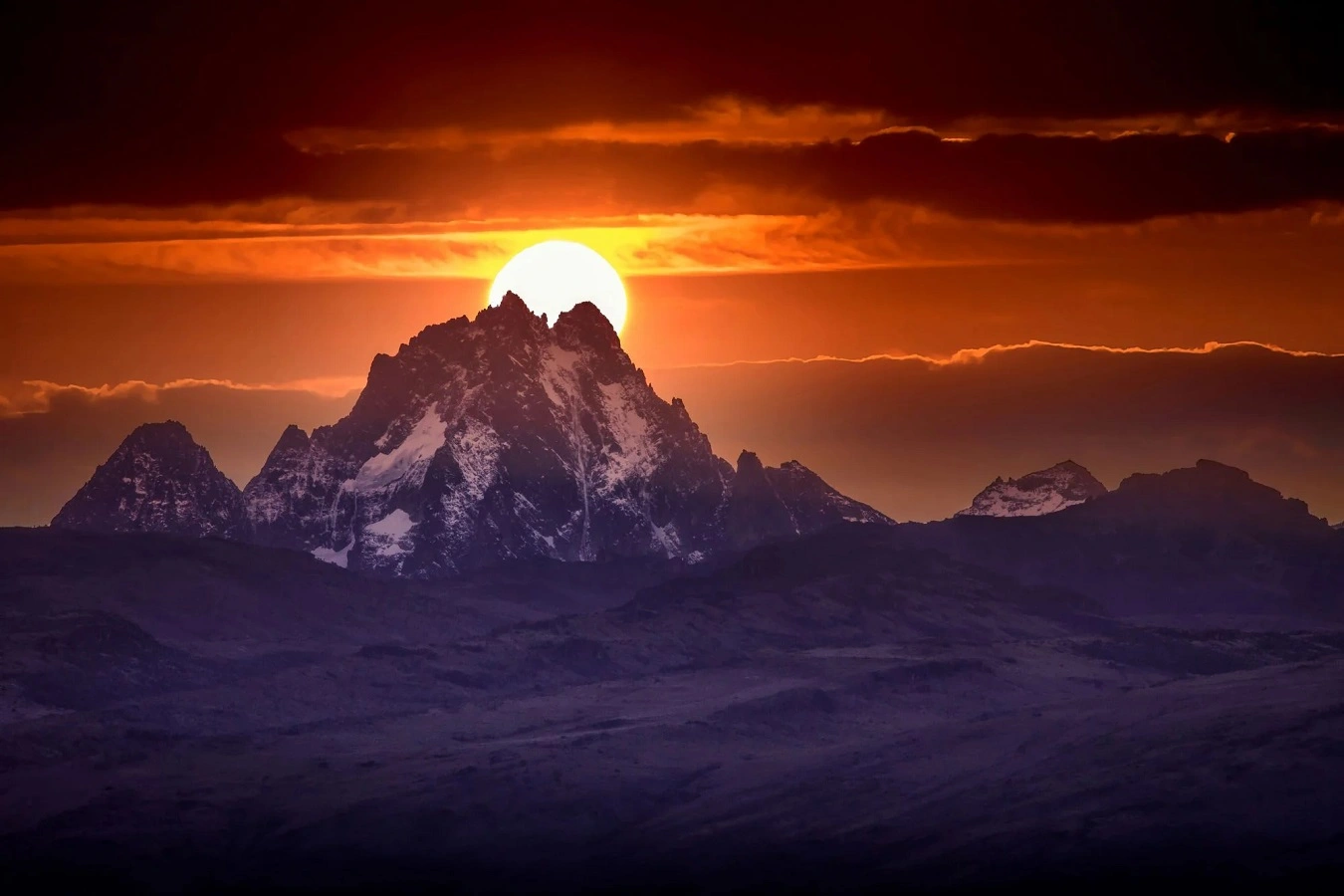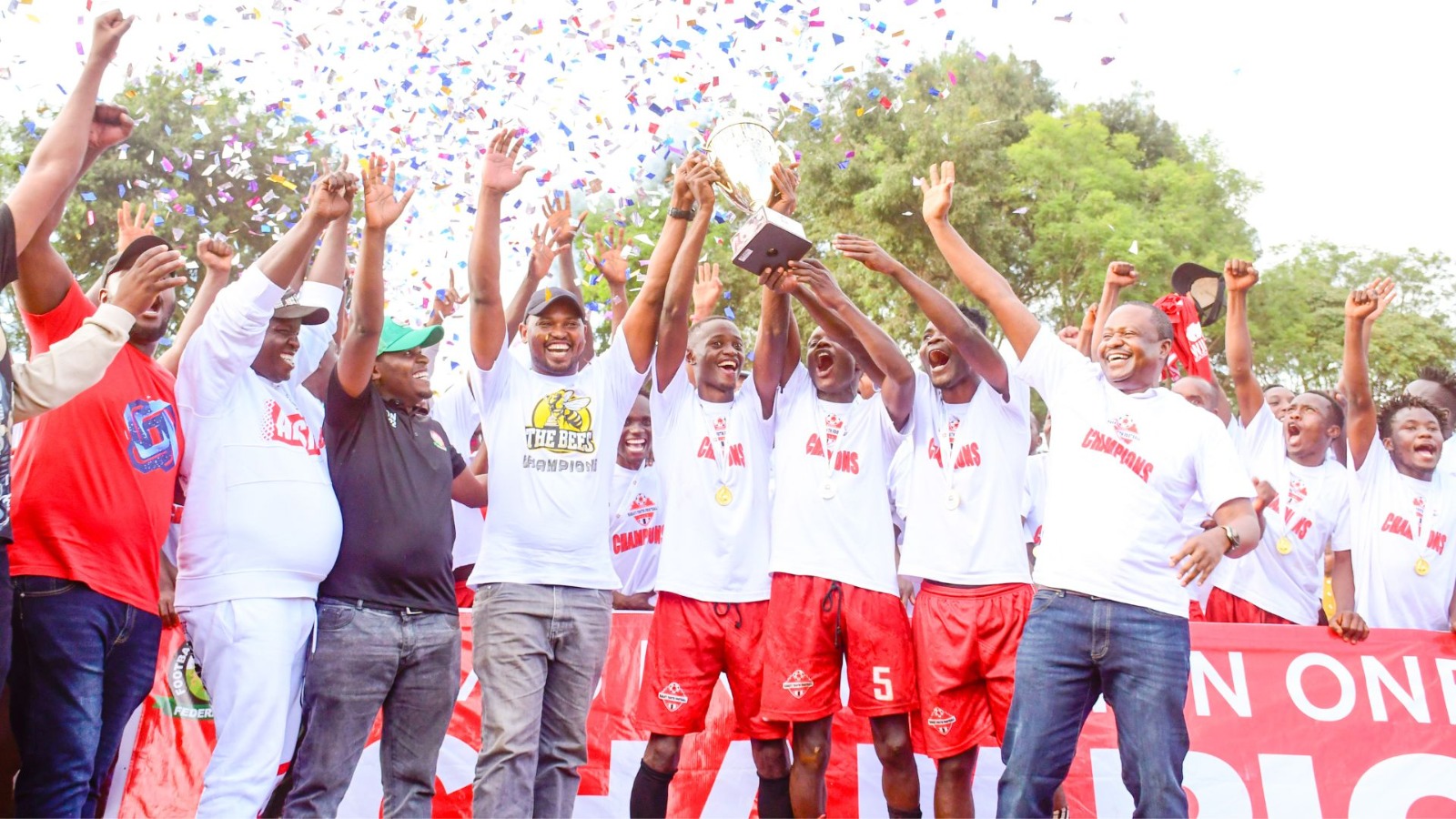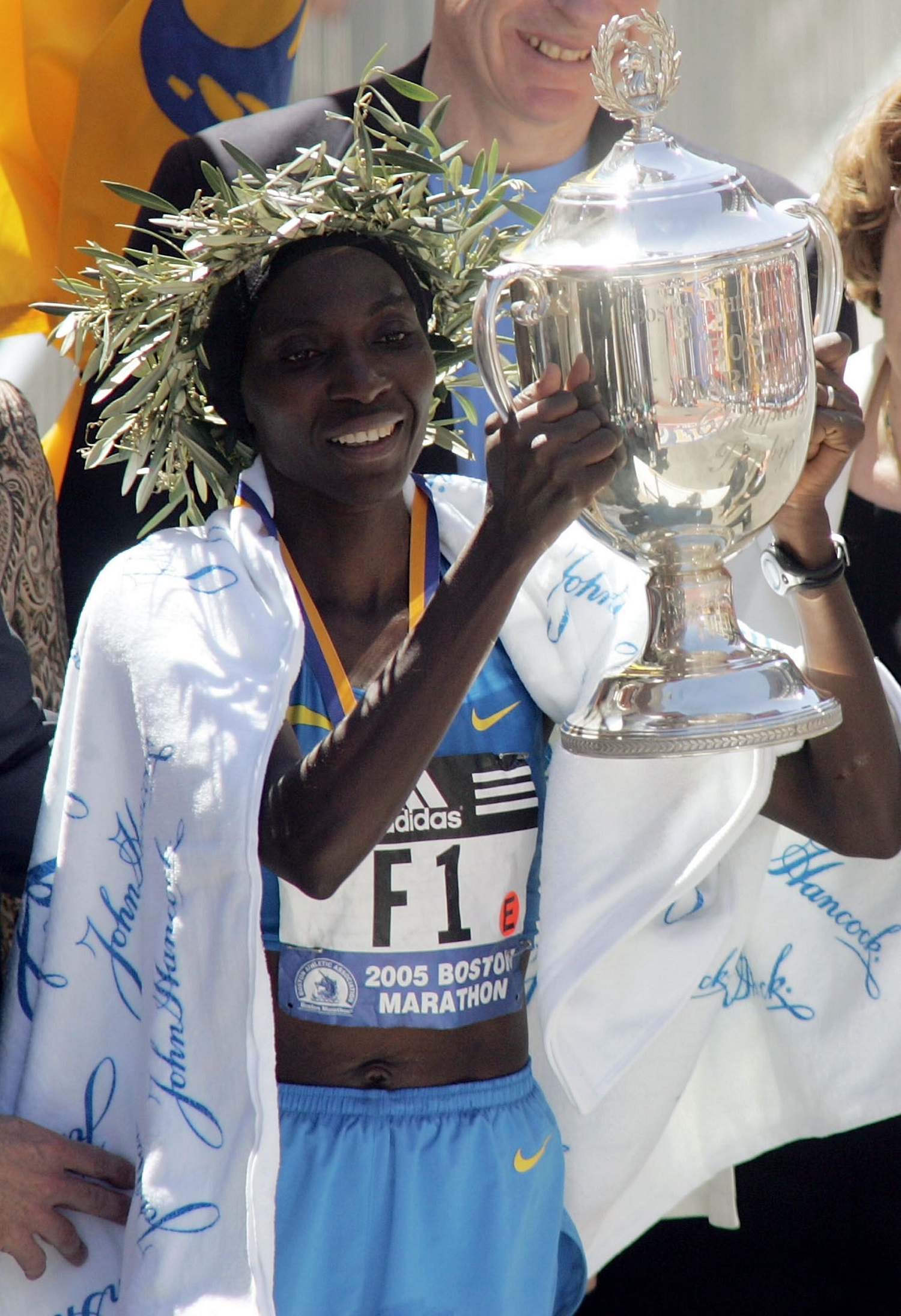
The Mountain Awakens: Beyond the Stereotypes, Central Kenya is Becoming Another Home for Kenyan Football
Central Kenya does not give a hoot about soccer, which until recently, they considered the preserve of Western Kenya.” — Standard Sports, August 2020.
Some regions have long dominated headlines in Kenya’s soccer history. Western, Nyanza, and parts of the Coast have consistently been a hotbed of talent, producing footballers and athletes who have graced the national and international stage.
But for Central Kenya, football has often felt like a borrowed conversation. As recently as 2020, the region was described as indifferent, even dismissive, of the sport. Five years later, is the tide beginning to turn?
Last season, Murang’a Seal, hailing from Central Kenya, earned promotion to the FKF Premier League. Although they are now flirting with relegation, sitting 16th on the log with 33 points, just breaking into the league was a major win for the region.
The momentum, however, has not stopped there. Barely a week ago, Kabati Youth from Murang’a County secured promotion to the National Super League after more than a decade of hard work.
This historic feat underlined the quiet resurgence of football in the region. These recent occurrences are more than just a streak of luck. They are part of a larger, slow-burning shift.

Kabati Youth FC from Murang’a celebrate promotion to NSL
While the numbers still pale in comparison to Western and Nyanza, Central Kenya is finally beginning to take football seriously. The region has never been short of sporting talent.
It has produced a solid, if understated, roster of footballing talent over the years. Kenya Police midfielders David Owino (from Nakuru) and Francis Kahata (Ruiru), Ararat-Armenia’s Amos Nondi (Ruiru), and former AFC Leopards goalkeeper Lucas Indeche (Thika) all hail from the region.
So, do Simba Queens’ Wincate Kaari Kinyua and Elizabeth Wambui and former Tusker stars Edward Karanja and Danson Kago. Coaches like Patrick Muchiri and Jackson Gatheru of FC Talanta are also sons of Central.
And it's not just football. The region boasts stars like World Half Marathon silver medallist Mary Ngugi, former 800m great Patrick Ndururi, cross-country standout Naomi Mugo, and marathoners Kenneth Mburu Mungara, the late Samwel Wanjiru, and Catherine Ndereba.

Former Women’s Marathon World Record Holder and 4X Boston Marathon Champion, Catherine Ndereba, is from Nyeri County (© Getty Images)
Local Football Tournments and the Colonial Influence
The raw talent is there. What has been missing is the ecosystem. In December 2024, former Harambee Stars striker Boniface Ambani expressed his frustrations on Facebook, highlighting the quietness of regions such as Central, Eastern, and the Rift Valley during the festive season. While Western and Nyanza buzzed with end-of-year tournaments, other areas remained dormant.
“These tournaments may be political, but they’re also scouting hubs. Clubs send coaches and agents to pick raw talent. Without such platforms, your talent remains hidden,” Ambani pointed out.
He was not wrong. Tournaments like the Cleo Malala Super Cup and Rashid Abdalla Cup are not just social events; they are talent expos. The absence of such platforms in Central Kenya has meant missed opportunities and limited visibility for its budding stars.
Sociocultural dynamics may partly explain this historical disconnect. Football has always been more than a game. It is a cultural identity. In communities like the Abanyala, Luo, Abasamia, and Abamarachi, football is woven into daily life.
The food, the build, and the traditions all feed into a culture that prioritises physical, contact-based sports like football. Schools from these regions, such as Kakamega High School, have dominated national football tournaments for years.
Even Nairobi schools that have made breakthroughs often do so with players of Western Kenya heritage. But football in Kenya cannot be understood without reckoning with its colonial and ethnic undertones.
The sport’s strongest rivalries, whether Simba vs. Yanga in Tanzania or Hearts of Oak vs. Asante Kotoko in Ghana, trace their roots back to colonialism.
Kenya is no exception. Football, like politics, has long followed ethnic lines, shaping how and where the game grows. For over six months, Tisini has been conducting in-depth research to better understand the challenges and opportunities in the region’s football scene.
In our next piece, we will share the findings of this study, highlighting the hidden gems, gaps in development, and what needs to change for Central Kenya to fully step into the national spotlight. Stay tuned!
